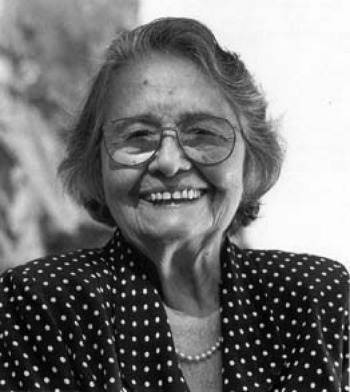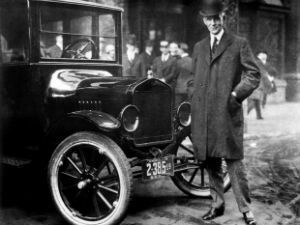Claude Monet was a French Impressionist painter, considered one of the most important artists of Impressionism.
The most striking feature of this artistic school are the outdoor paintings. Alongside Monet, the Impressionist painters stand out: Camille Pisarro, Édouard Manet, Edgar Degas, Alfred Sisley and Pierre-Auguste Renoir.
Did you know?
The term "Impressionism"It came about because of his work"print, sunrise”, from 1872.
That's because in the I Impressionist Exhibition held in 1874, in Paris, the group of artists was pejoratively called by critics "impressionists"
Biography
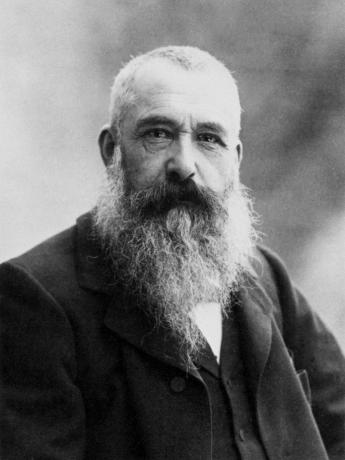
Oscar-Claude Monet was born in Paris on November 14, 1840. He spent his childhood in the city of Le Havre, in Normandy. His father was a merchant and wanted his son to follow in his footsteps.
He entered secondary art school and with that, his interest in painting grew even more. At that time, he made several caricatures and his drawings have already started to impress a lot of people.
With the death of his mother, Monet moved in with his aunt Marie-Jeanne Lecadre, also a painter and interested in the arts.
In 1859, he decided to study Arts in the city of Paris, however, he was disappointed with academic art. During this period he participated in several meetings with intellectuals and artists who used to be in cafes in the city.
He later went to work at Charles Gleyre's studio. There he met Auguste Renoir, another important painter of the impressionist movement.
In addition to him, he had contact with Gustave Courbet, a painter with a more realistic style, and Camille Pisarro, co-founder of the Impressionist movement.
Inspired by Eugene Bodin's techniques, Monet started to produce outdoor paintings. However, some of his works were rejected for exhibition, at which point Monet began to experience financial difficulties.
He married Camille Doncieux, his first wife, and with her he had two children: Jean and Miguel.
In 1863 he rents his own studio in Paris and begins to participate in some exhibitions at the Paris Salon. With the arrival of the Franco-Prussian war Monet moved to London with his wife and child.
Camille had complications in her second pregnancy and shortly after the birth of the couple's second child, she died.
Although he struggled to sell his art, from 1886 onwards, his career began to take off. He traveled to different countries to be inspired by the landscapes and to sell his works.
In 1892, he marries Alice Hoschedé for the second time. He moved to Giverny with his family and bought a house on the river there.
Monet continued to produce works until the date of his death, although he had problems with his eyesight.
He died in the city of Giverny, France, aged 86, on December 5, 1926. Today, it is possible to visit the house he lived in and its beautiful gardens.
Construction
Capturing outdoor moments related to everyday scenes was Monet's biggest focus.
In addition, he made several series where he presents the difference in luminosity in the same place.
Owner of a vast work, Monet mixed subtle and faster brushstroke techniques in his canvases. Vivid colors and luminosity are characteristics present in his work.
Woman in Green Dress (1866)

Women in the Garden (1866)
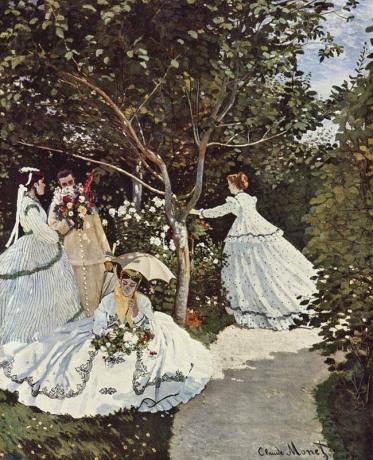
Impression, Sunrise (1872)
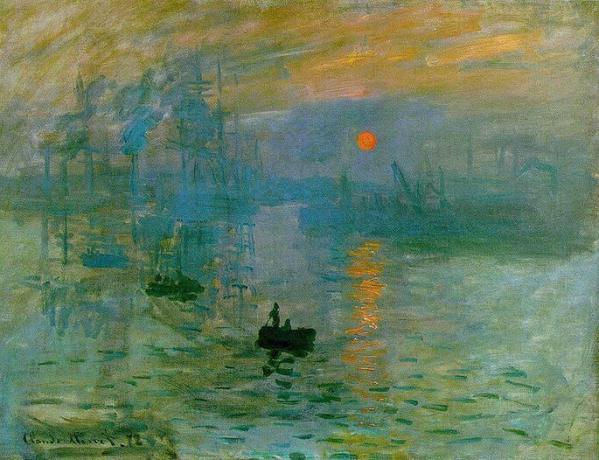
Regatta in Argenteuil (1872)

Poppy Fields in Argenteuil (1873)

Woman with Umbrella (1875)

Saint-Lazare Station (1877)

The Parliament, London (1904)
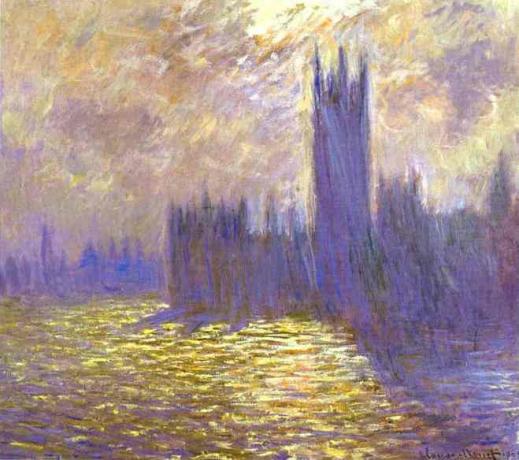
Water lilies (1904)
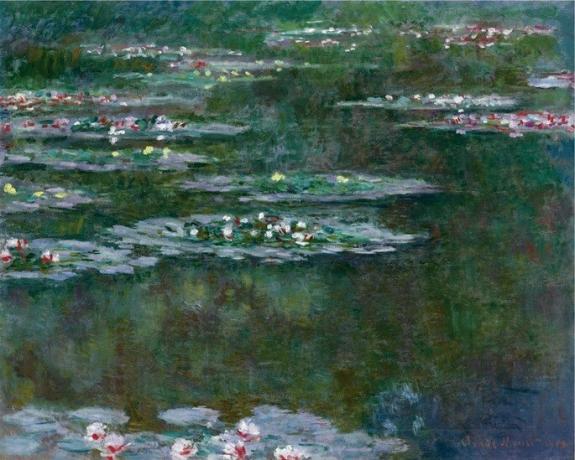
Sentences
- “I would love to paint how the bird sings.”
- “Colors are my obsession, my fun and my everyday torment.”
- “Everyone discusses my art and pretends to understand, as if it were necessary to understand it, when it is simply necessary to love.”

